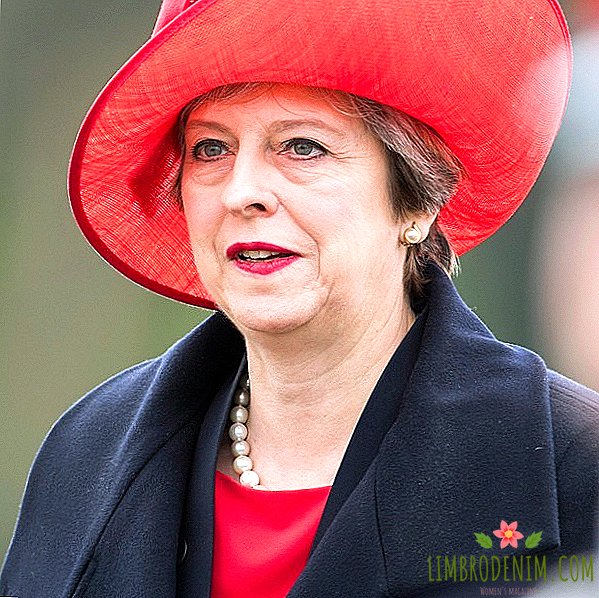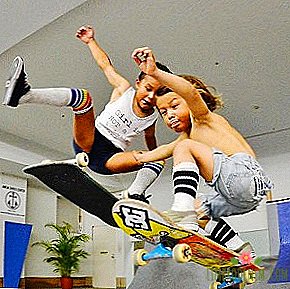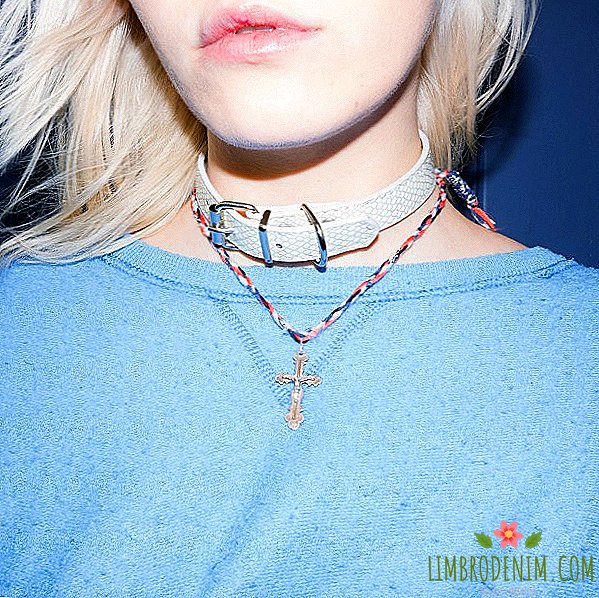Bruccoite, leopard and thorns: Teresa May's Political Wardrobe
Earlier this year, rumors flooded the Internet. that Annie Leibovitz shoots Theresa May, the new British Prime Minister, for the cover of the April issue of Vogue US. Speculation did not come true: the photographs of the venerable photographer were needed to illustrate the large-scale material about May, but it was not she who became the cover character, but Selena Gomez. Perhaps, everything is ahead and we will still see Teresa on the cover of the most important gloss. However, the head of the British government and the Tory leader are no strangers to speculations about relations with the fashion world. Teresa May took office last July, a month after the Brexit referendum, and since then has not ceased to shock the public with her bold exits.
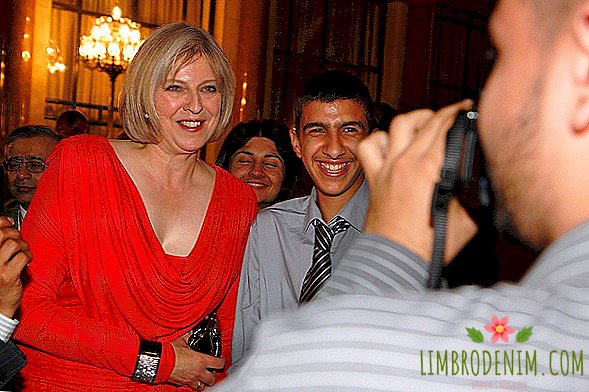
She puts on patent-crocodile-trimmed leather jackets to meet the queen, Roland Mouret dresses in tight fitting, cheeky cut-outs on the party forums, and her leopard kitten heels, satin boats, sponge print ballet flats and loafers with spikes and crystals are devoted to the whole photo gallery in fashion magazines. In the English-language press, a powerful public debate about whether a statesman and the second man after the queen are allowed to look so unconventional to a politician is not subsiding.
Someone accuses Teresa of vulgarity, and someone, on the contrary, is sure that this is a bold feminist attack, designed to destroy the cliché about women politicians. Of course, there is some truth in the fact that, wearing a tight dress with a zipper at the back and leopard-print pumps, Teresa looks very unusual for a representative of the conservative party and the politician in general.
To play on an equal footing, women building a political career have to dress either in suits of more “girl-like” and pastel shades tailored to men's patterns (and here is the most vivid example of Hillary Clinton) or wear power suits with pencil skirts that are hypertrophied in their severity. which, paradoxically, often turn a woman into an object of sexual fetishization. At the same time, the alignment of forces in the modern world is such that influential parties of the world - in the USA, Germany and Great Britain - are today headed by women. And only one of them dares - well, or simply has the desire and excitement - to break all the taboos in the field of political clothes.
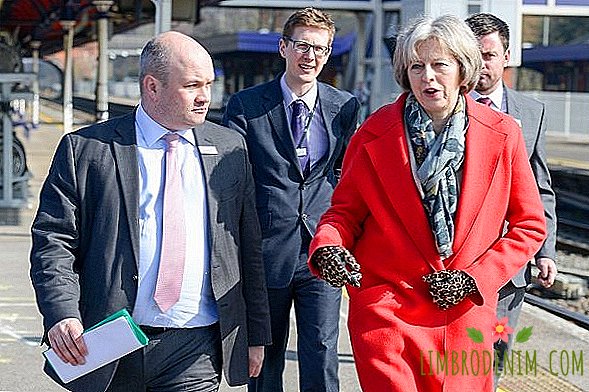
With her very bright and deliberately feminine appearance, on the verge of vulgarity, Teresa seems to legitimize the right of a woman to be interested in things and to dress sexually, while remaining an intelligent, business person and an authoritative political figure. In all the interviews, May emphasizes her passion for fashion and insists that, being a big politician, she has the right to a hobby - in her case, she studies trends on the pages of Vogue and shopping.
May often wears English designers: Vivienne Westwood's checkered suit, which she calls her “happy” outfit, seems to have lived a separate life altogether, so often Teresa put it on. And this is a very standard gesture in support of local fashion and local business - Michelle Obama brilliantly used the same technique when he was first lady. It would be logical to assume that Theresa’s wardrobe is dealt with by a special person who thinks through all this cunning system of fashion ciphers and fashion messages. However, in a conversation with Vogue, the Prime Minister states that she has no stylist, her husband, banker Philip John May helps her with the wardrobe, and in general the process of selecting clothes for her vent and personal “secret garden”.
At the same time, many are surprised even not by her sexy escapades, but by eccentric outs in the spirit of actress Helena Bonham Carter. It can be assumed that in this way she also demonstrates her “Britishness”: high English style is not devoid of audacity and eccentrics. However, Teresa herself in every possible way renounces the commitment to British fashion attributed to her: she says that she chooses things solely on the principle of "like - dislike".
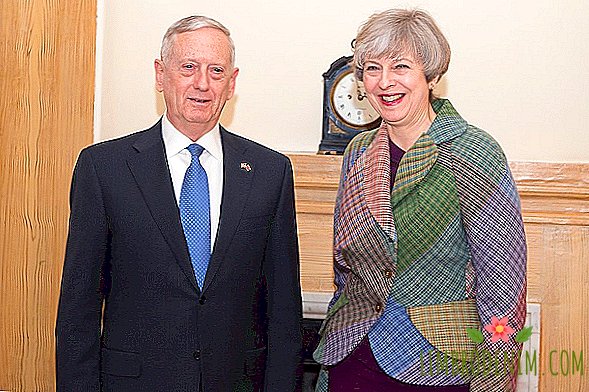
A quick glance at the situation means that thanks to Teresa, the women who are fond of fashion and clothes have disgraced the shameful stigma of “shmotochnits” and “pacifiers”. Teresa claims that in the 21st century it is unacceptable to reproach government activists for their hobbies, whatever they may be, because no one condemns male politicians for their passion for football or fishing. And here, of course, it is difficult not to think that such a position is an important feminist application. In general, this is it.
On the other hand, what if the post of Theresa was held by a man who is also focused on his wardrobe? And he would allow himself to come to state meetings in something comparable in irrelevance to Theresa's varnished boots, for example, in Yeezy hoodie. Wouldn't reproaches and accusations of incompetence fall down on him, that he does not correspond to his position, and generally, instead of modifying, it would be better to take up the case? (How can you not recall Vladimir Zhirinovsky, whose extravagant canary jackets he wore in the 90s, loaded his political image with additional satirical allusions?)
Thanks to one scandal in which Teresa and her wardrobe were implicated, a partial answer to these questions appeared. In November 2016, Theresa May appeared on the pages of The Sunday Times Magazine, posing in leather pants Amanda Wakeley worth almost a thousand pounds. With fierce criticism, Tereza was immediately attacked by former Education Minister Niki Morgan, who said that it was impermissible to put such expensive and extravagant things to a serious politician.
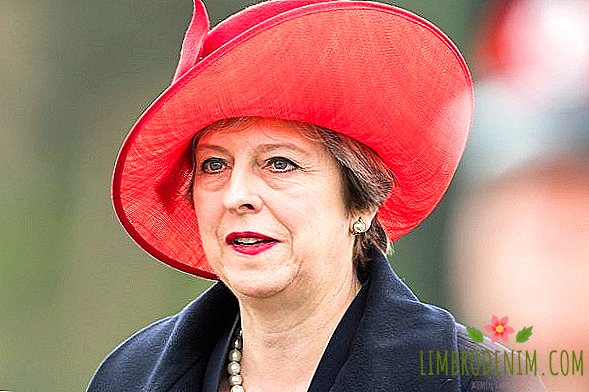
In the press, the precedent was immediately called the “troungate” (“trousergate”, by analogy with Watergate) and the “leather haberdashery war”, since the symmetrical response from the representatives of May entered immediately: Nicky recalled that she herself repeatedly in newspaper chronicles with a Mulberry bag for 900 pounds. The piquancy of the story was added by the fact that Morgan did not get any position in the renewed Cabinet, formed by May. May herself called Morgan statements sexist, pointing out that the indecently expensive suits that May’s predecessor wore, former Prime Minister David Cameron, Nicky did not subject to the slightest criticism.
The question of how independent the British Prime Minister is and is free from public assessments of her own wardrobe remains open: according to the results of a "bruccoite", by the decision of Mei, Niki Morgan was expelled from the initiative group of the Tory party on Brexit issues, in which she remained despite the dismissal education. But the most interesting thing about this story is that in the era of no brow and the complete abolition of the concepts of taste, business fashion is still limited to a set of immutable rules and standards, and once someone takes a step aside, it provokes violent public debate. And it is very interesting, whether we will live to the moment when politicians are allowed to be tritely vulgar, dye their hair pink, or walk with black lipstick.
Photo: Getty Images 1, Wikimedia Commons (1, 2), www.tmay.co.uk (1, 2)
